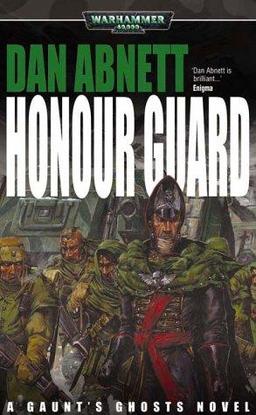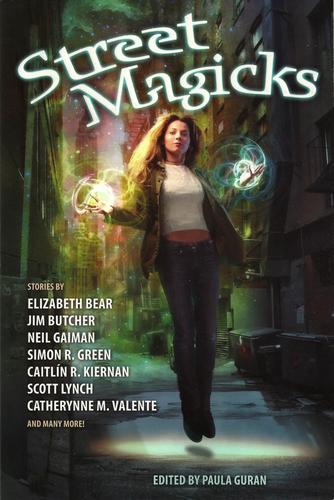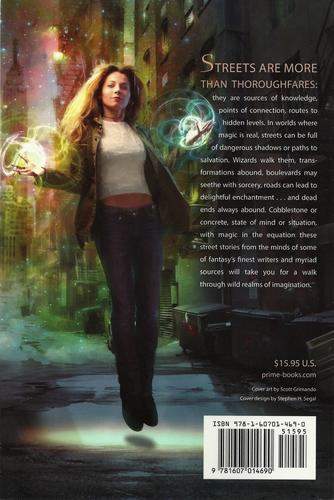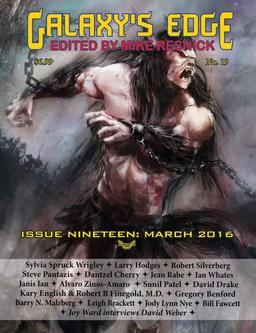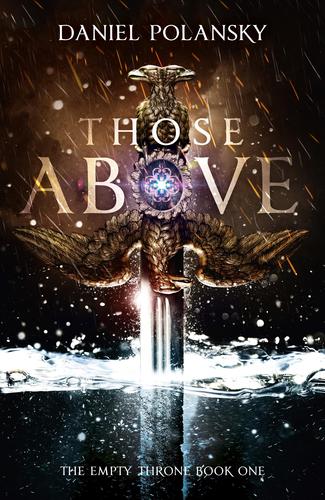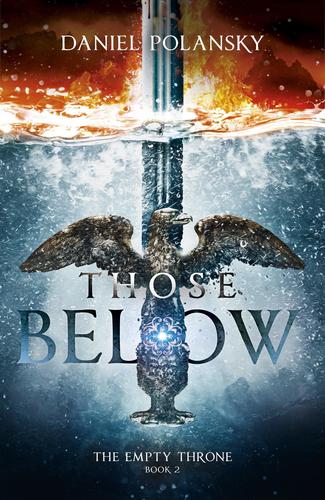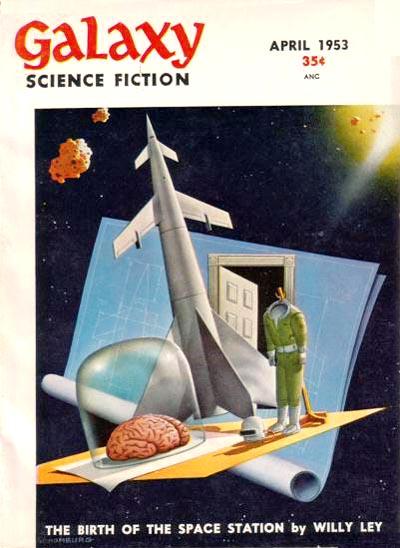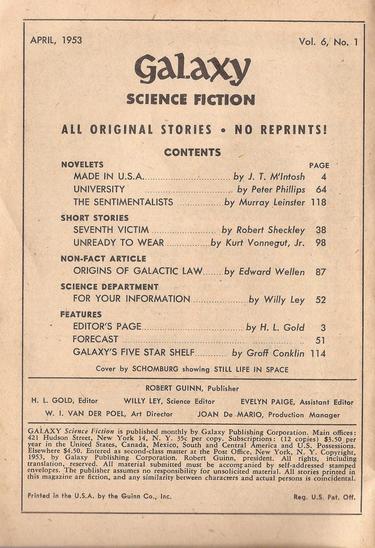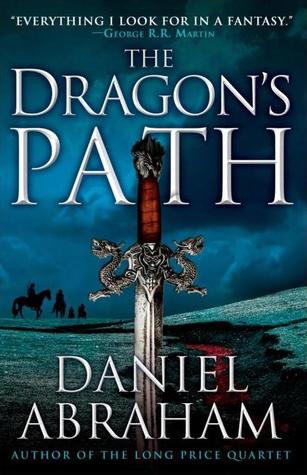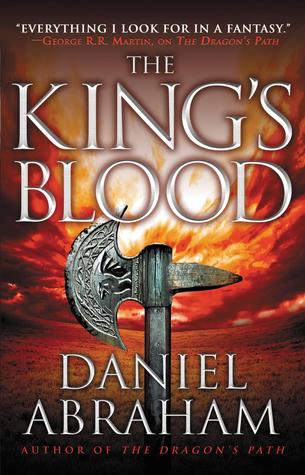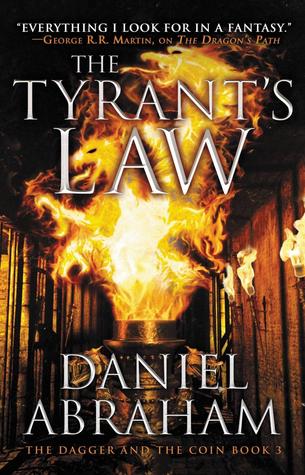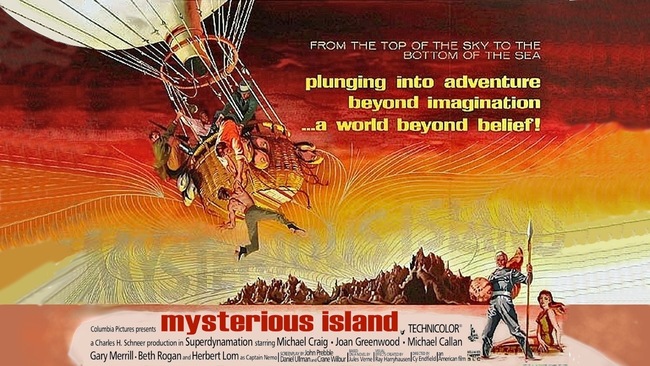Goth Chick News: Doctor Sleep Gets the Hollywood Treatment
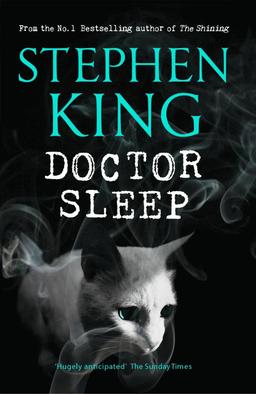 They say for good or bad, you never forget your first love; and so it went with me and Stephen King.
They say for good or bad, you never forget your first love; and so it went with me and Stephen King.
I fell deeply in love with him in those heady, early days of Carrie, Salem’s Lot and Firestarter when thankfully I was advised by an older and wiser high school friend, to “read King in order.” But by the time I arrived at The Stand and Gerald’s Game I had begun to spend more and more time with other authors, as King started to feel… well… a little predictable. And ultimately, I never even cracked The Dark Tower books (though I have heard they are quite good) because by that time my literary horror affections were firmly turned elsewhere.
Ah well… I was young.
So it was with some trepidation that I picked up Doctor Sleep when it was released in October, 2013. I mean, King to me was “back then”; was I really proposing to give him another chance?
Ultimately, I was moved by the warm memories I had of The Shining, in spite of being in the heretical subset who think Kubrick’s interpretation is every bit as good a movie as the source material. Doctor Sleep was, after all, King’s hotly-anticipated sequel.
Well as you probably know, there I was the minute I closed the back cover of the novel, literally gushing about King all over you in Goth Chick News. Doctor Sleep was not only fantastic, but may well rank in my top 10 favorite reads ever. And that’s saying quite a lot.
All that old magic came flooding back.
